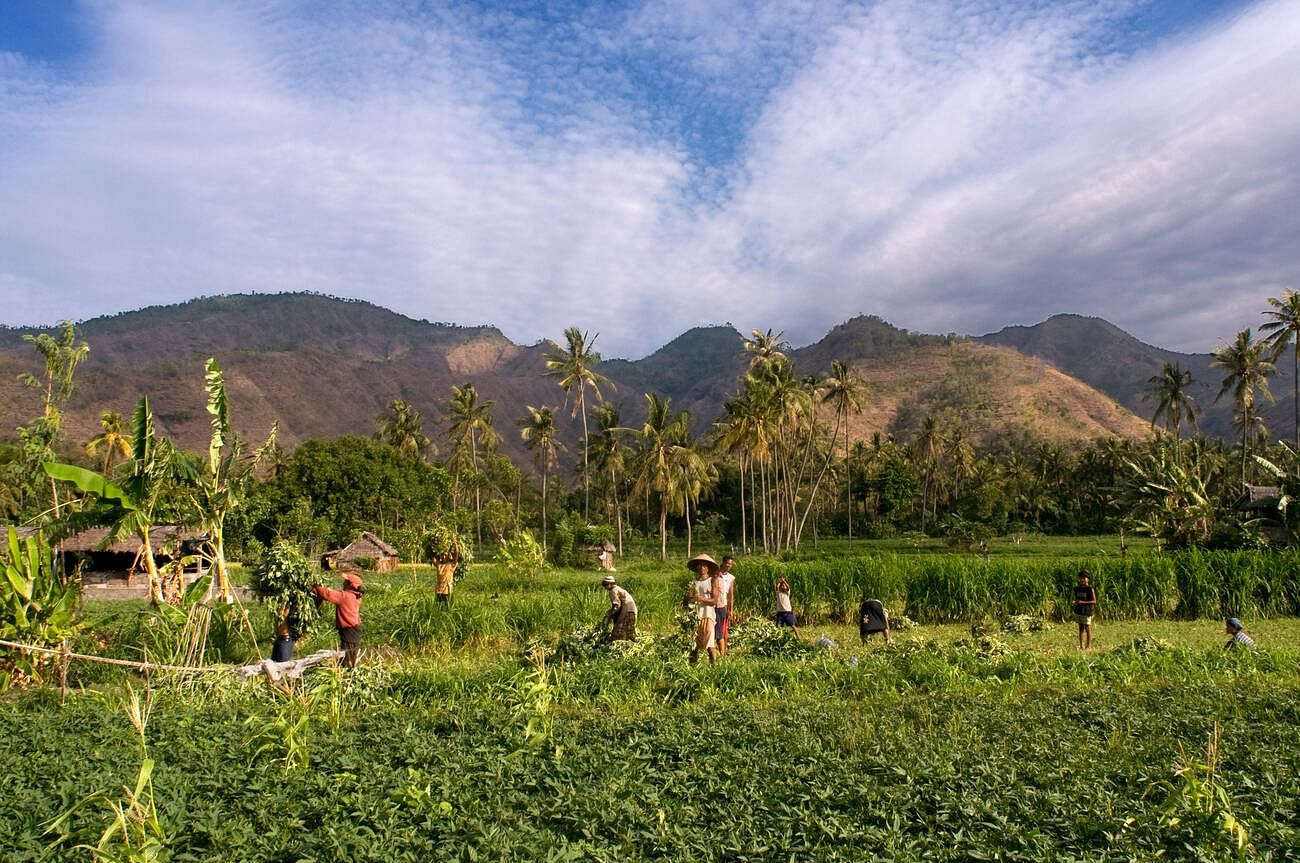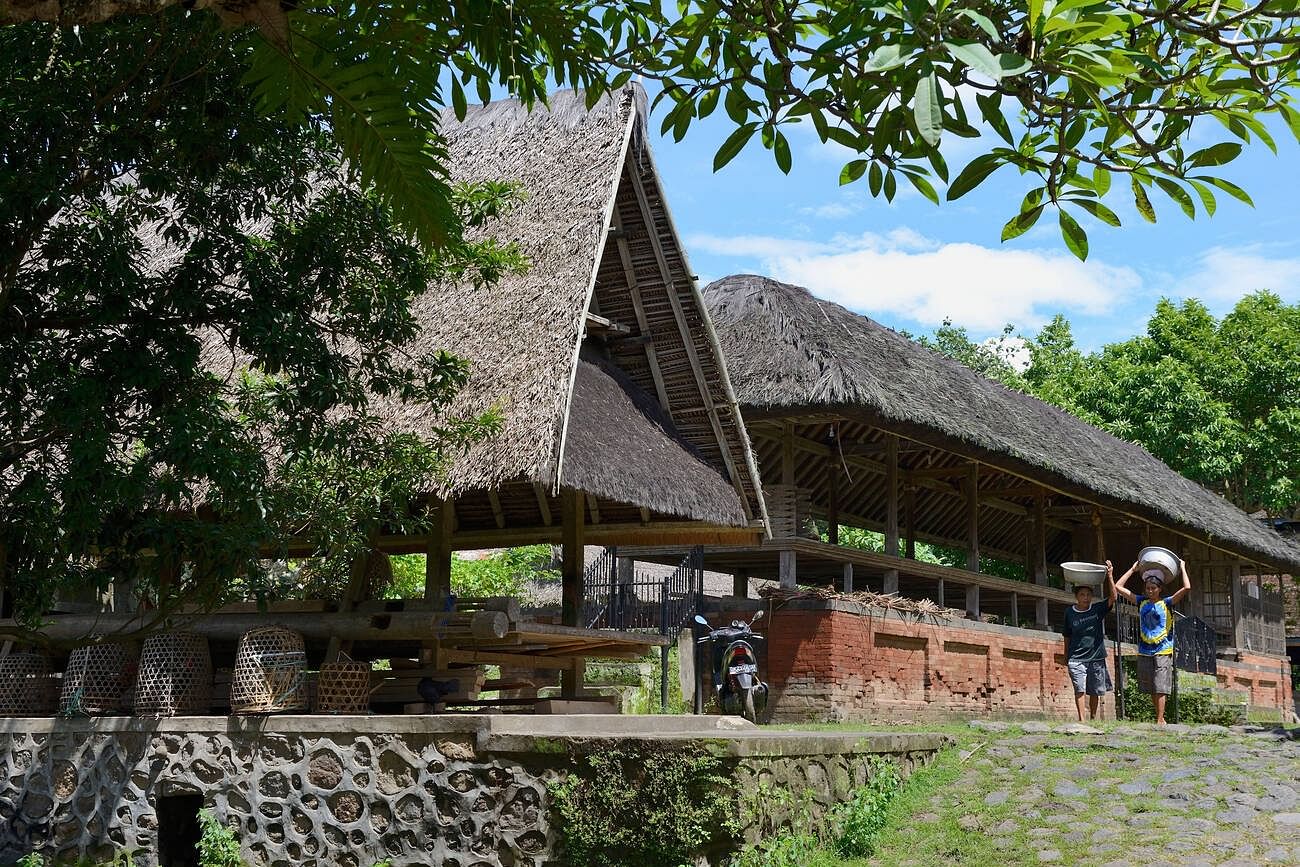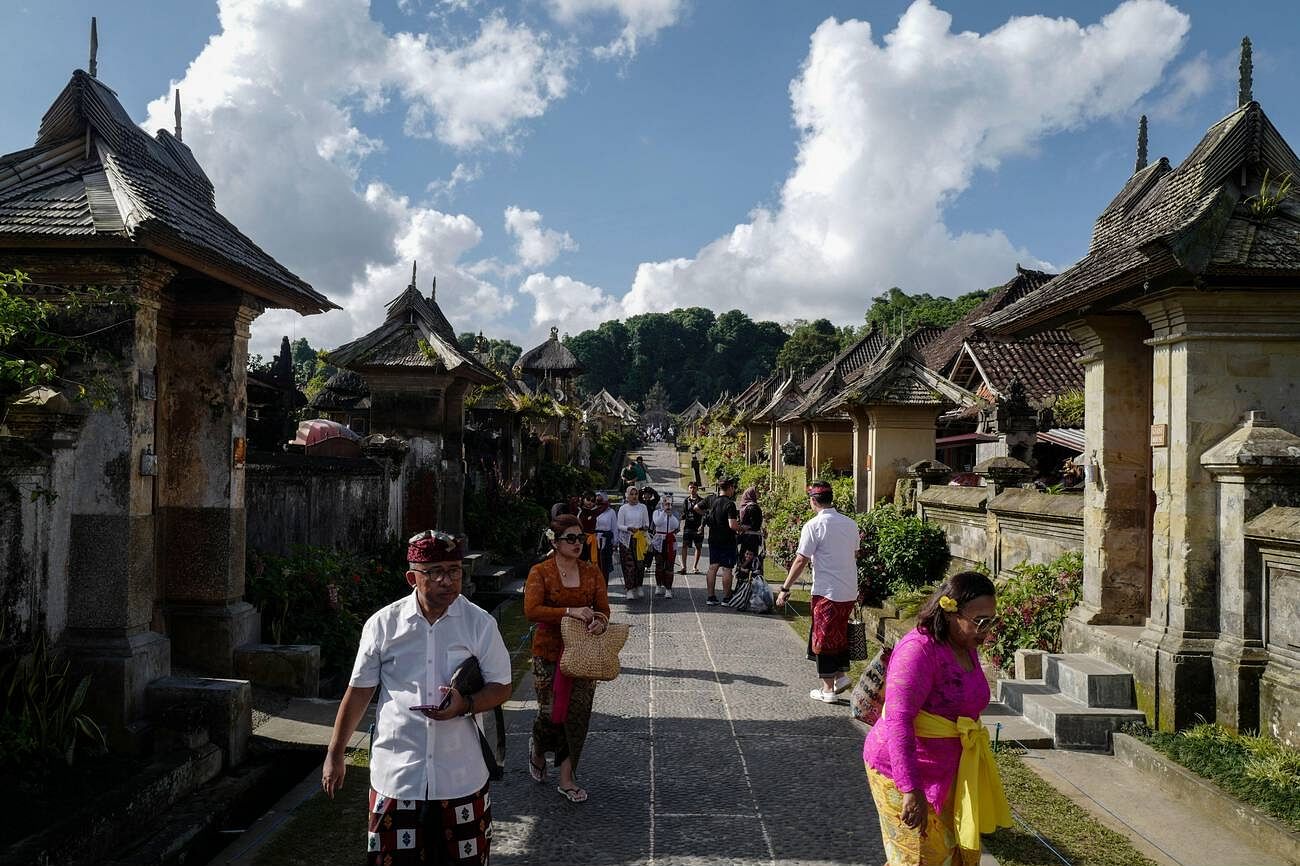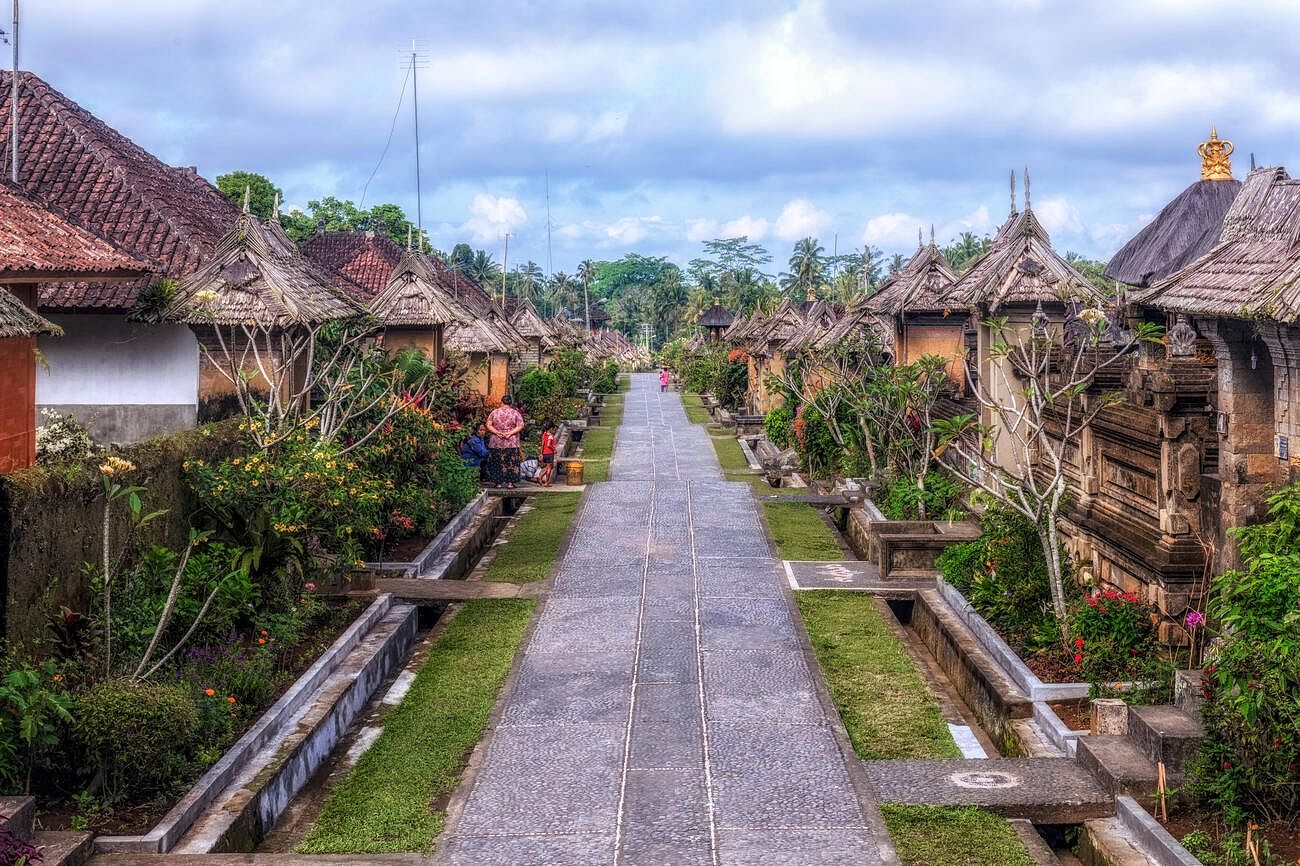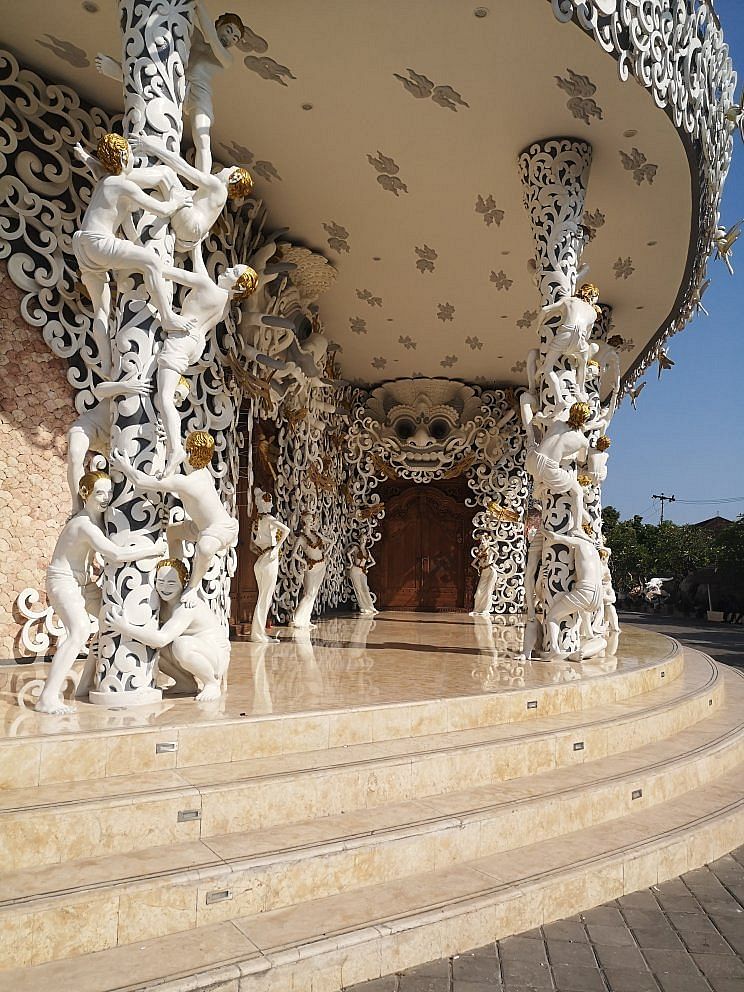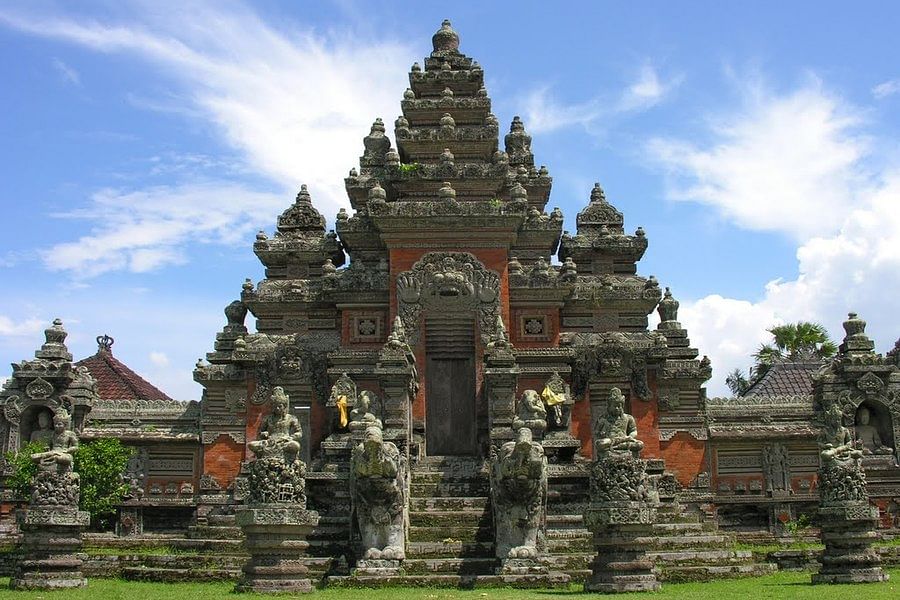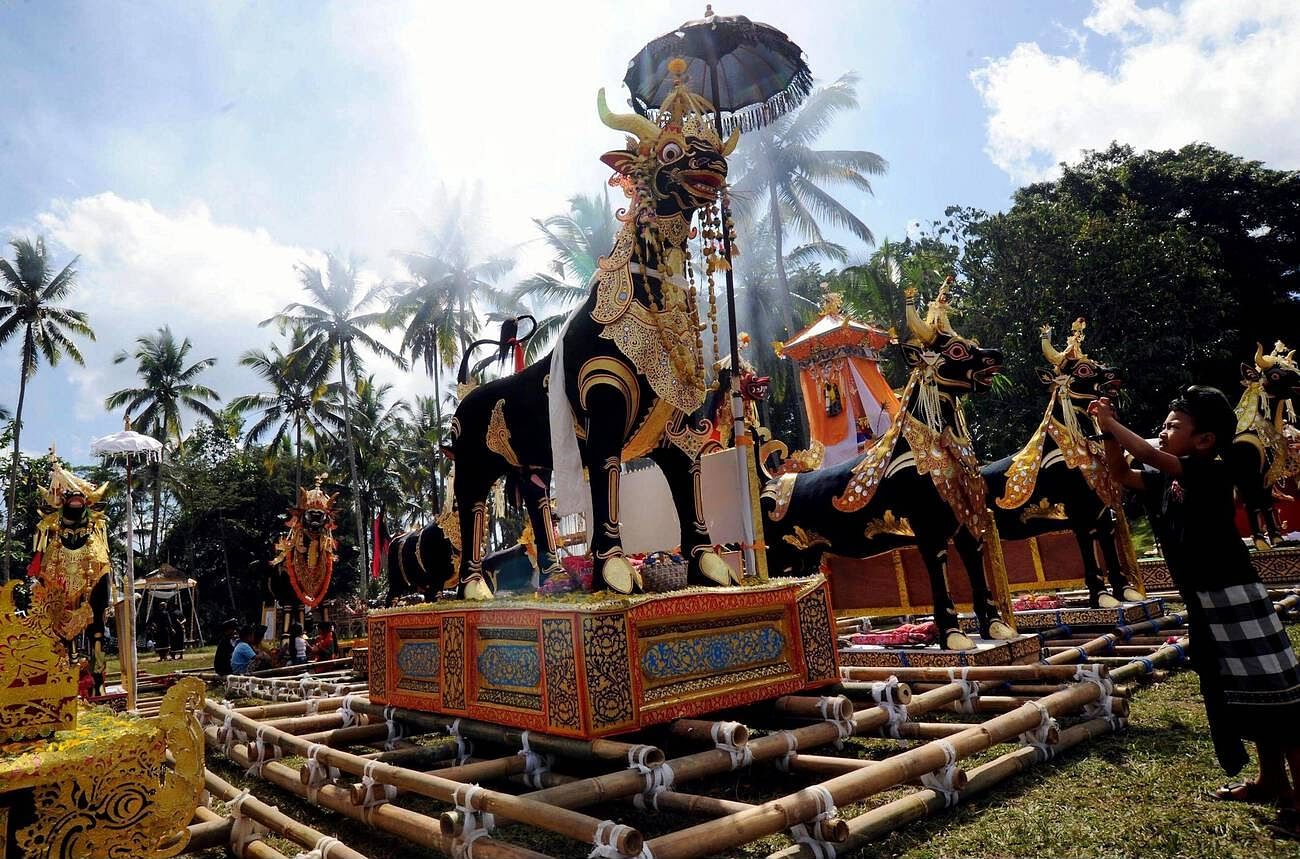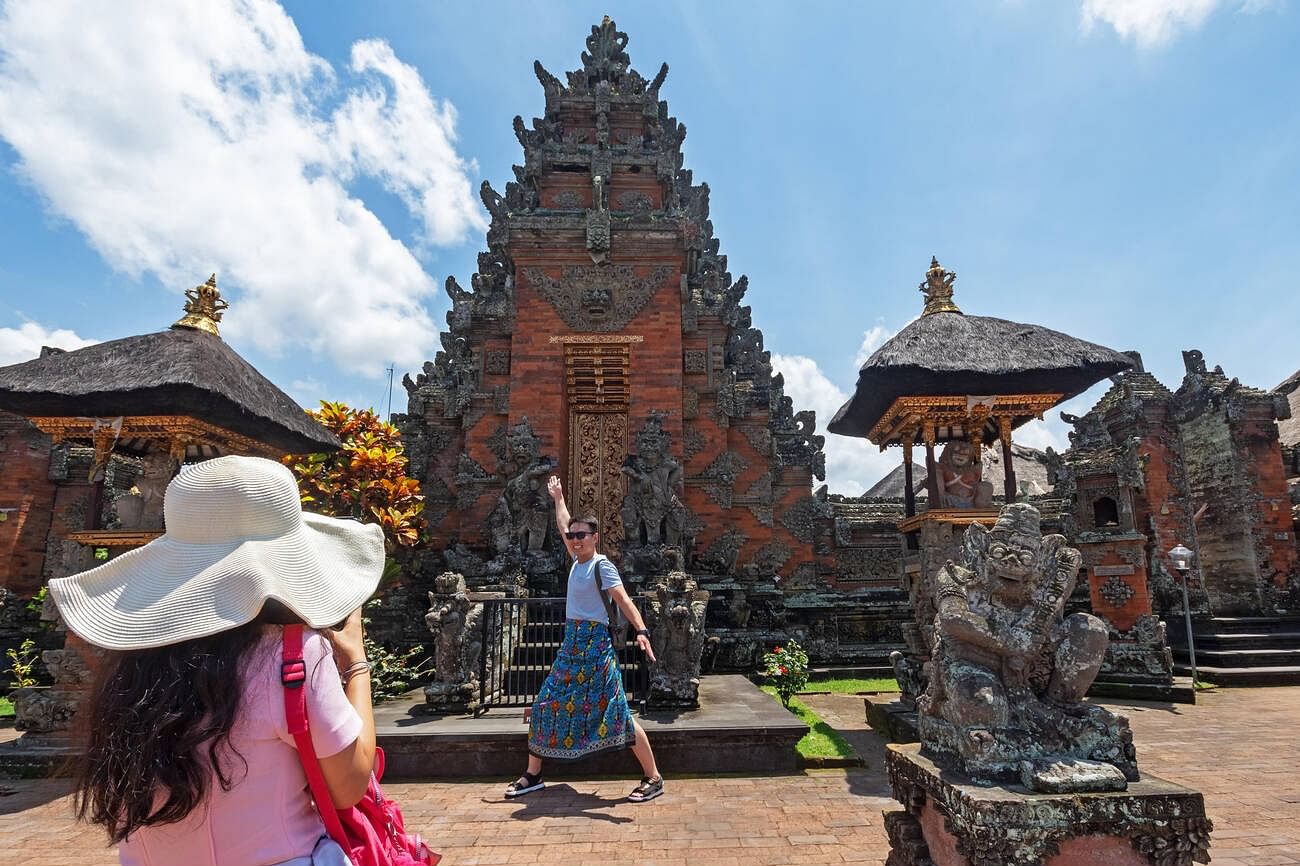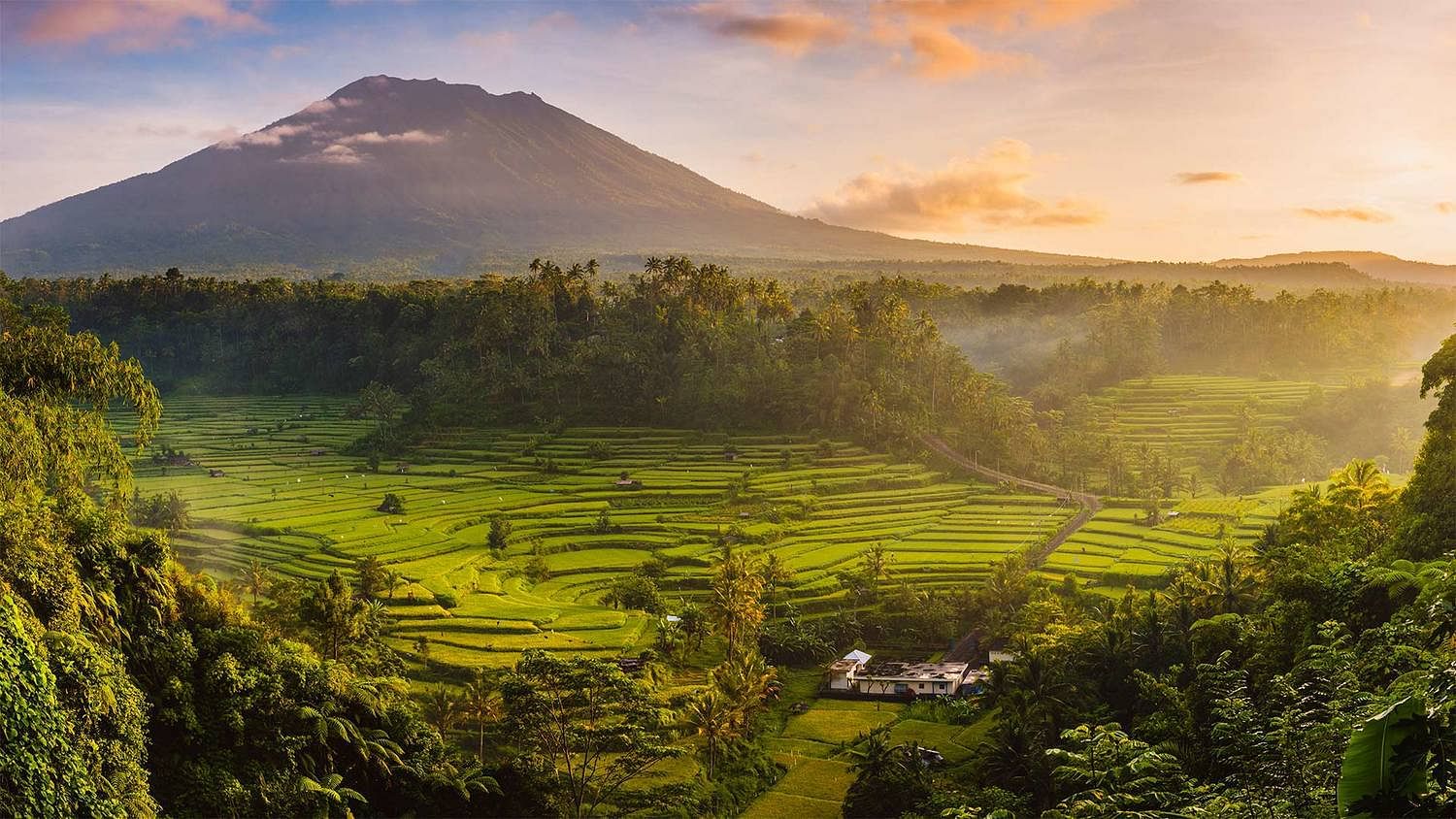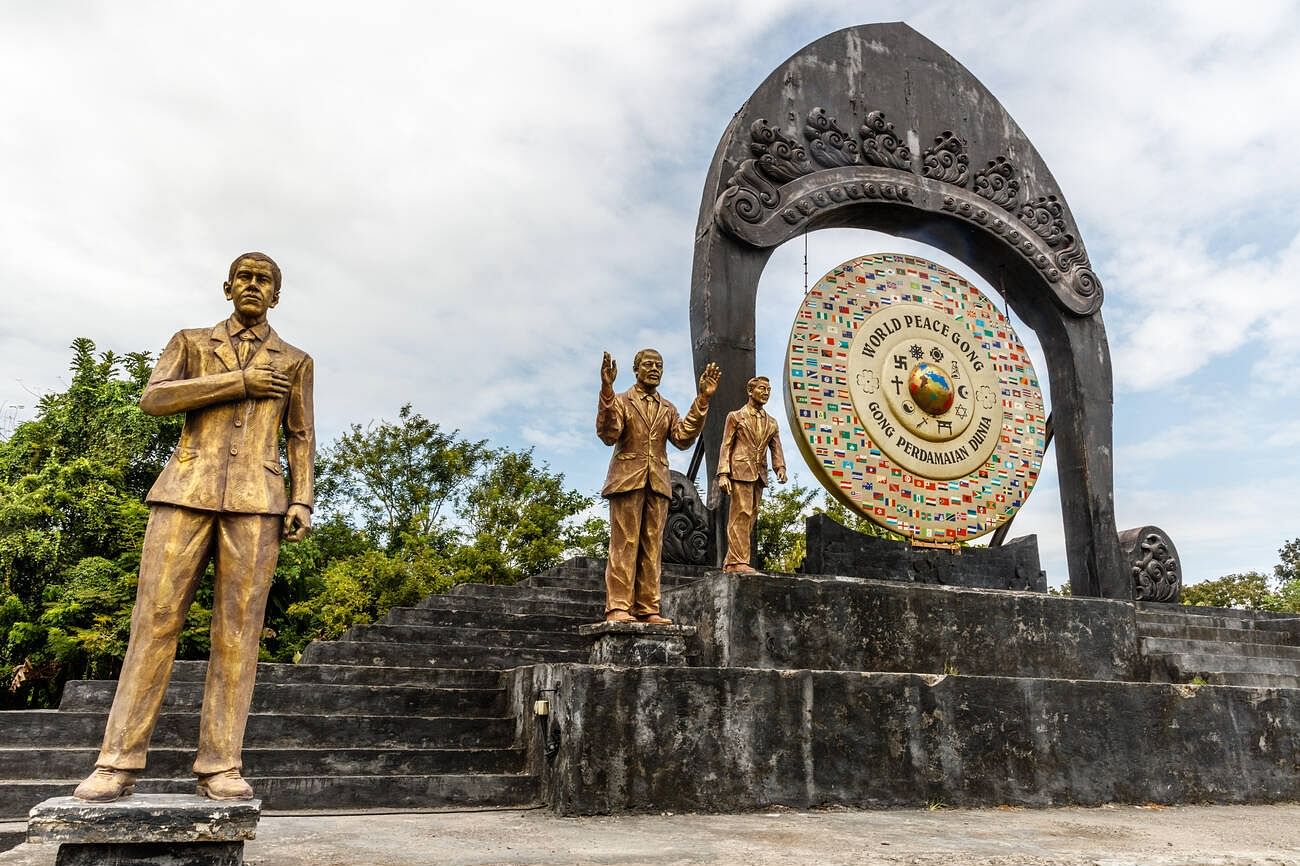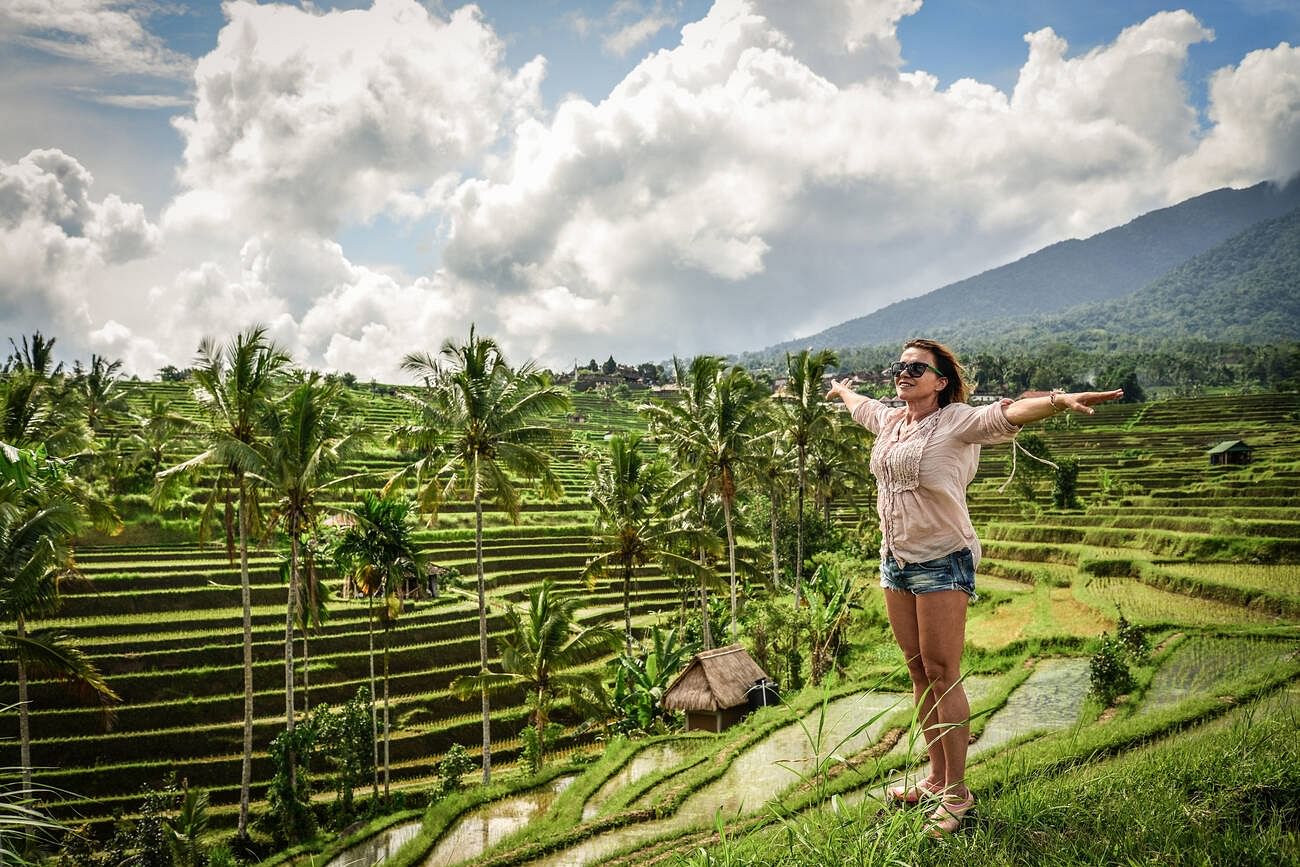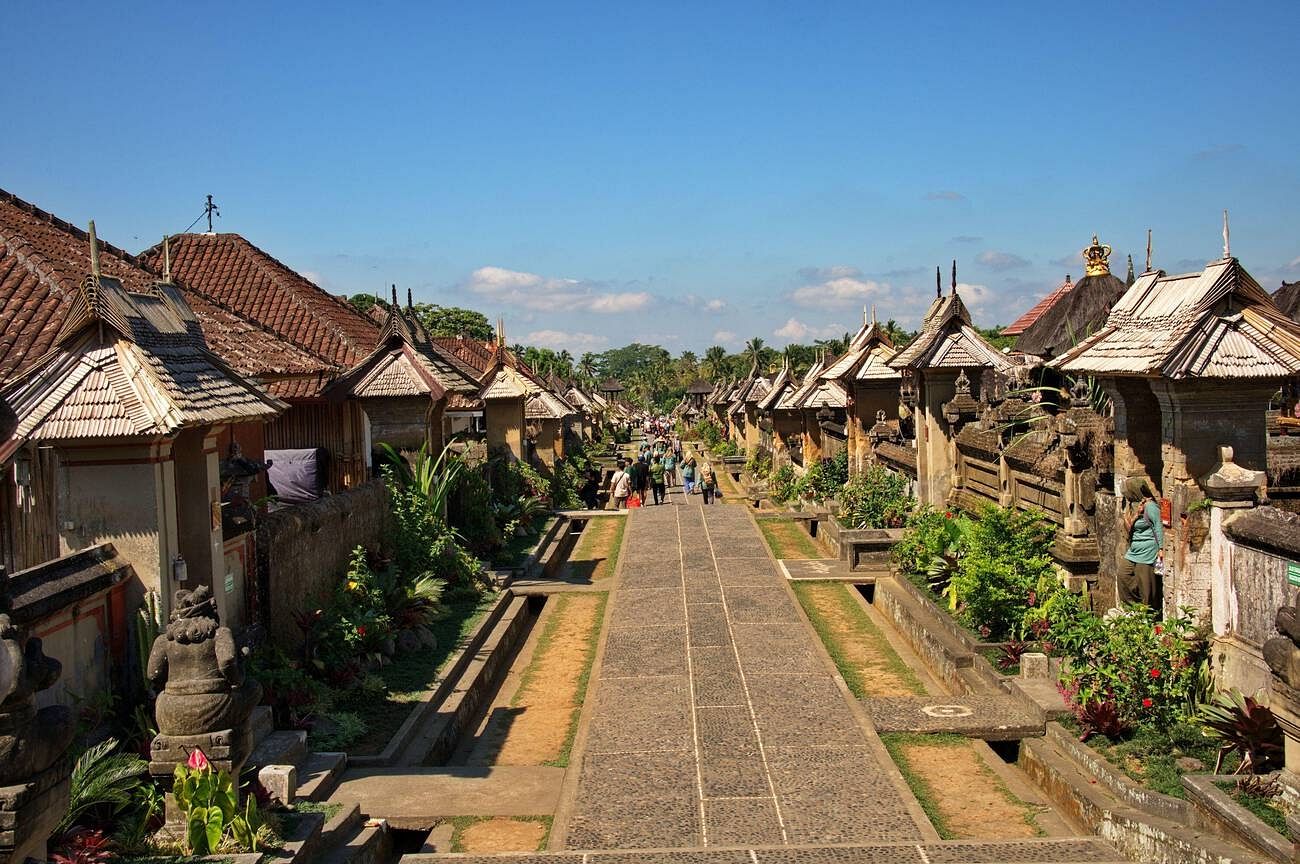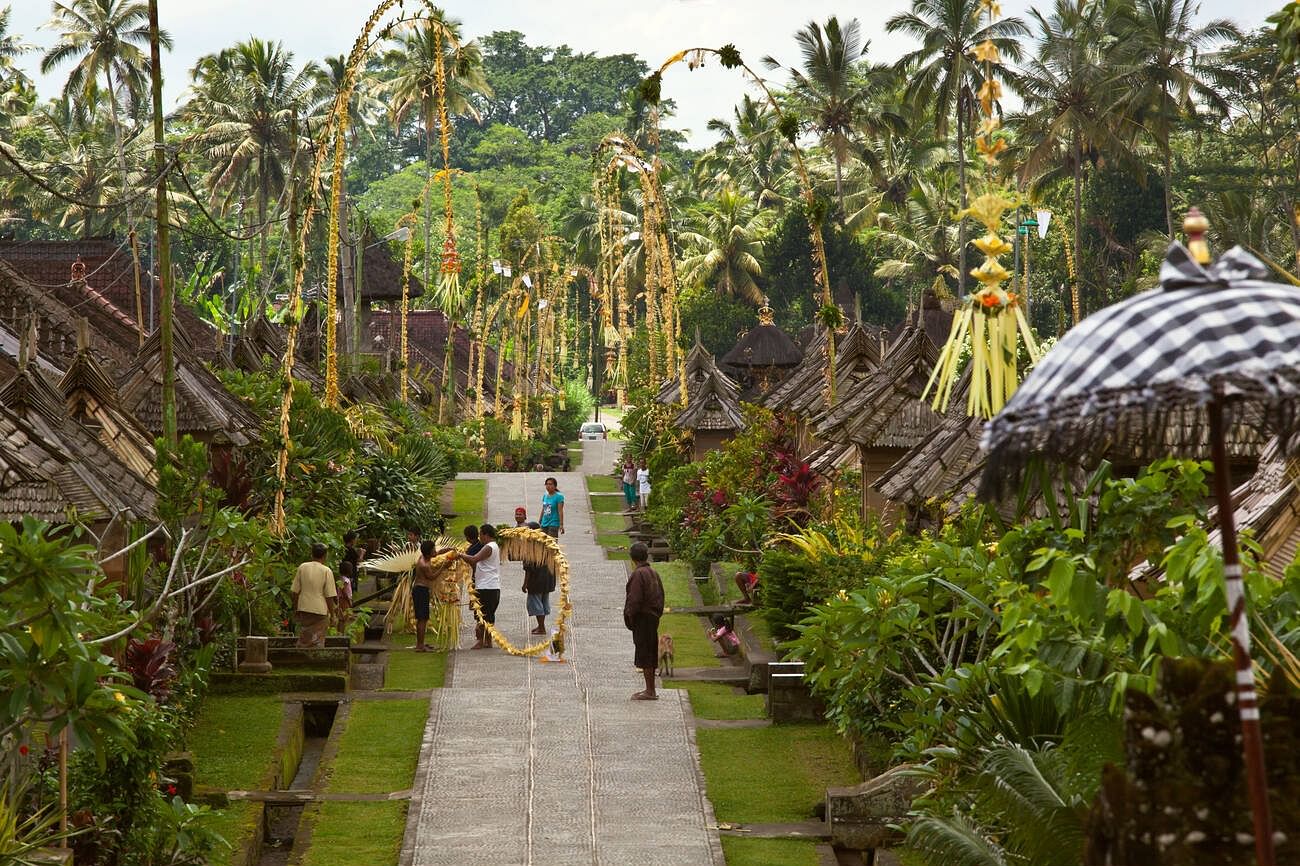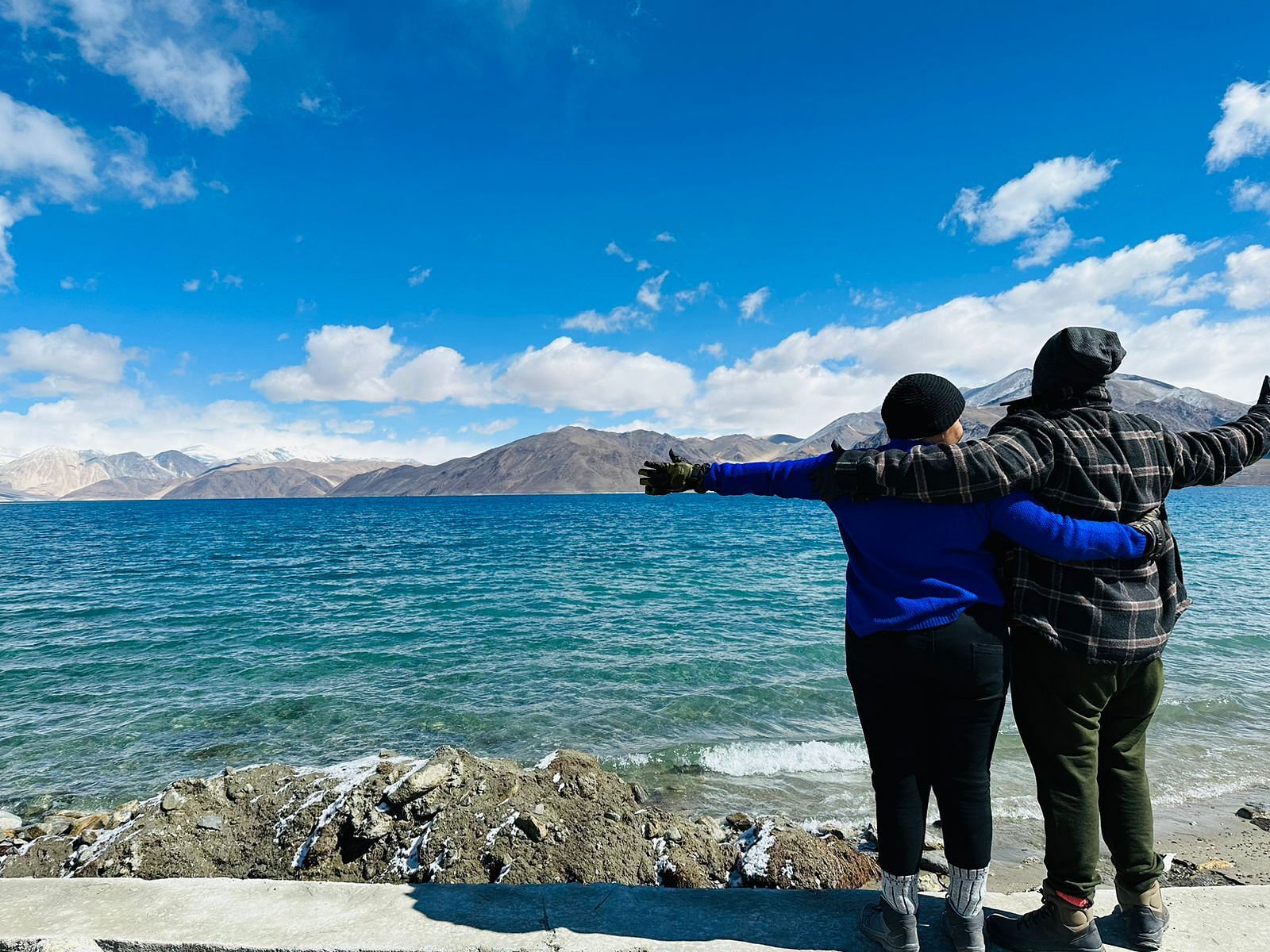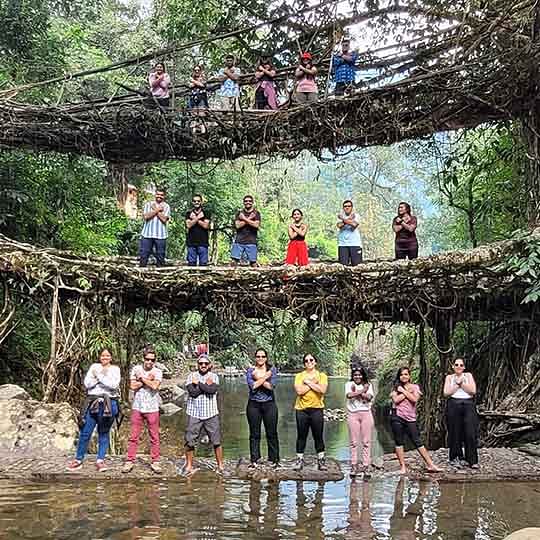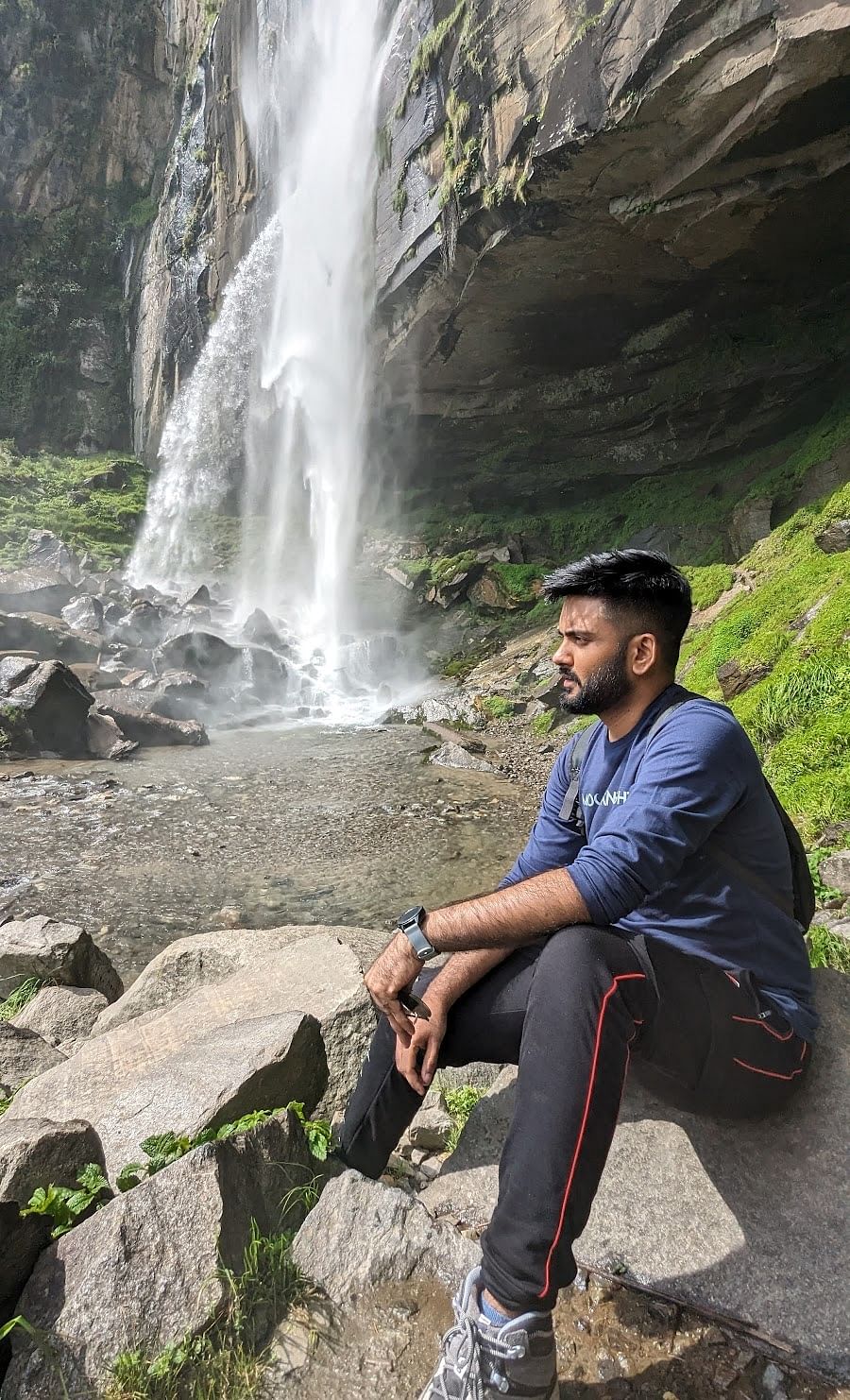Want to explore the culture of Bali? What better way than experiencing the traditional villages of Bali! Though the island is renowned worldwide for its pristine beaches, picturesque Waterfalls, and thrilling adventure activities, its rich culture has also been a major draw for tourism.
Bali's culture is deeply rooted in traditions and Balinese Hinduism. For travellers interested in discovering the authentic traditional Balinese villages, Bali Tour Packages organises immersive village tours that take you far beyond the typical tourist trails.
These Bali's best traditional villages offer tourists a unique insight into rural life like never before! You will discover local crafts and art that have maintained their authentic techniques, ancient customs and rituals preserved for centuries, and overall, lovely villages untouched by modern tourism!
Simply put, these must visit traditional villages in Bali will take you to a time when the island was unexplored(long before it became famous for its beaches and attractions).
Some Main Elements Of Bali's Best Traditional Villages
- Pura: Pura’s or Temples in Bali are often revered in Balinese Hinduism. Each family home has its own place of worship, but the community’s religious and social life often revolves around a main temple where they go to present their offerings or Carang Sari.
- Warung: A small family business, generally a wooden hut, that serves as a convenience store or cafe, which can often be found along the streets of Bali and also on beaches and popular tourist destinations.
- Wantilan: A hall for community activities and public entertainment for Balinese people in the village.
- Bale Kulkul: A drum tower used for religious announcements in a village.
- Compounds: Balinese families often live in compounds surrounded by several homes comprised of multiple pavilions, such as a family shrine, where the head of the family lives, a kitchen, a barn, and a guest house.
- House Numbers: Many houses also have a plaque on the door indicating the number of people living there, as well as deceased family members.
As such, Balinese culture is a very close-knit family establishment rooted deep in religion and practised as a way of life in day-to-day activities.
10 Must Visit Traditional Villages In Bali
Join guided village tours to experience the three ancient villages in Bali, which are the Tenganan Village, Trunyan Village, and Penglipuran Village, well known amongst tourists and often visited as day tours in their Bali trips.
Also, other famous villages in Bali showcase the island’s rich cultural heritage, just waiting to be explored!
As one of the most interesting villages to visit in Bali, Tenganan offers unique insights into ancient traditions. Tenganan Village, or Desa Tenganan in the Balinese language, is situated in Karangasem Regency, Bali.
It is approximately 60 km east of Denpasar. As one of the ancient villages in Bali, you can find Balinese people following the traditional Bali Mula, or the original indigenous people of Bali.
The Tenganan people have some rules laid down, which are usually called “awig-awig,” and these need to be practised strictly by these villagers.
For example, they strictly prohibit ‘polygamy’ and divorce.
However, this Balinese traditional village is very open to modern things, such as electricity, communication tools, and transportation. The children are also very encouraged to study and go for higher education.
In addition, there are also rules to regulate the government system, land rights and natural resource rights, marriages, education, and traditional ceremonies. Additionally, the community weaves its own ‘grinning’ fabric, which is exclusive to this village, making it one of the top traditional villages to visit in Bali.
Other than traditional weaves, you can also find carved wooden masks and palm leaf paintings. There are traditional ceremonies, including Mekare-Kare and Perang Pandan, held in this village during January, February, June, and December.
However, it is to be noted that tourists are not allowed to spend the night in Tenganan Village.
Highlights:
- Tenganan Pegringsingan Woven Fabric
- Mekare-Kare and Perang Pandan ceremonies
- Pandanus War ritual
- Culture
- Wooden masks and palm leaf paintings
Next on the list of traditional villages in Bali is Trunyan Village. It is another village known for its ancient customs and religious beliefs. Trunyan is well known in other countries for its funeral process.
This is one of the tourism villages in Bali, located on the edge of Lake Batur, Kintamani District, Bangli Regency. To get to Trunyan village, you will need to cross Lake Batur near Mount Batur in a boat.
Here, the people of the village follow a unique tradition of not burying their dead and laying the body on the ground, called “Sema Wayah” under an incense tree, “Kemenyan”.
In the Sema Wayah Cemetery, there are only 11 graves, so the bodies will be placed alternately. The community does not add tombs because there are already laid down provisions from the ancestors to be followed. If there are new bodies to be laid, then old bodies or bones will be removed and replaced with the new bodies.
Even though dead bodies are laid on the grounds, it is believed that the incense tree, which is commonly called “taru menyan,” has its own scent which helps neutralise the stench around the tomb.
Besides Sema Wayah, there are two other cemeteries, namely “Sema Muda” and “Sema Bantas”. Sema Wayah is a cemetery for people who die naturally, have been married, are single, and have small children whose milk teeth have fallen out.
Sema Muda is also for babies who die and are buried. While the Sema Bantas are for people who have died in accidents and must be buried.
Around the Trunyan Cemetery, there is a Pura Dalem (Dalem Temple) which is located on the edge of the lake and is often visited by locals and tourists to offer prayers. This is among the most interesting villages to visit in Bali due to its unique funeral customs.
Highlights:
- Unique burial customs
- Lake Batur
- Trunyan Cemetery
- Pura Dalem Temple
Penglipuran is a traditional Balinese village located in the Bangli Regency, Central Bali, about half an hour’s drive from Gianyar and around 45 km from Denpasar. Situated about 700 m above sea level, visiting this village is a refreshing break from the island's heat. It is a very beautiful, quaint Balinese village.
Unlike the two previous ancient villages in Bali, the Tenganan and Trunyan, Penglipuran Village has its own charm. Here, all villagers’ homes have a similar facade. The villagers of Penglipuran believe in the concept of Tri Hita Karana, which implies maintaining harmony in humanity, nature, and the spiritual world.
This village was recently named one of the cleanest villages in the world alongside Giethoorn in the Netherlands and Mawlynnong in India.
The best time to visit is around the Galungan Festival in Bali, when rows of penjors (bamboo poles with a weaving of coconut leaves and offerings suspended at the end) are lined up and the village is decorated grandly.
With perfectly maintained traditional architecture, it is one of the top traditional villages to visit in Bali.
Highlights:
- Local crafts
- Local Ceremonies
- Penglipuran Village Festival
- Bamboo Forest
Do Check Our 7-Days Indonesia Bali Tour Package
As one of the tourism villages in Bali, Celuk is known for its silver jewellery. Most of the villagers here are gold and silversmiths. You can not only shop for high-quality jewellery, but you can also learn to make and craft it yourself.
Celuk Village, or Desa Celuk, is easy to reach and is located near Sukawati, Gianyar, Bali. Tourists often cover this village as a stop in their Kintamani-Sukawati itinerary. Known for its silverwork, it’s one of the most interesting villages to visit in Bali for art enthusiasts.
Highlights:
- Observe silver, gold, and other jewellery craftsmanship
- Shopping for necklaces, bracelets, earrings, and rings
- Jewellery making workshops
- Local Balinese food
Batubulan tops the list of tourism villages in Bali(in Sukawati, Gianyar), popular for being artistic and creative. Here, many types of traditional dances are performed, such as the Barong dance, Kecak dance, Legong dance, etc, that enthral tourists and leave them mesmerised.
You can also experience wood and stone carvers in action, creating some of Bali’s famous statues and pieces of art. It is often believed that the ones made in this village are said to have some magical powers.
With its traditional dance performances, it’s considered one of the most interesting villages to visit in Bali. To reach this village, you need to head towards Ubud, Gianyar, from Denpasar.
Highlights:
- Barong dance performance
- Stone carving art
- Mask Art
- Taman Ayu Luwak Coffee/ Agro
- Silver craftsmanship
- Museum Naga Sanga Amurwabhumi
Another popular tourist village in Bali is Mas. It is popular for its high-quality wood carvings that make Balinese art famous around the world.
Located about 6 km south of Ubud, you will be able to visit the workshops where these wood carvings are made. This village is definitely a must-visit for art aficionados. Its wood carving heritage makes it one of the most interesting villages to visit in Bali.
Highlights:
- Wood Carving Workshops
- Njana Tilem Museum
- Ketut Puja Gallery
- Titi Batu Ubud Club
- Puri Yadnya Religious Site
One of the traditional villages you can visit in the Ubud area is Batuan Village, which is famous for traditional painting. It is also a centre for wood carving and dancing. This is a place where Balinese fine art is found in its truest form, with no influence from Western or any other artistic style.
Hence, it is one of the most famous villages in Bali that preserves the authentic Balinese art forms and culture. Batuan attracts art lovers from around the world.
Highlights:
- Batuan Temple
- Traditional Balinese rituals
- Beautiful paintings of gods and goddesses
- Shopping
- Traditional dances
The stunning rice terraces make this one of the most popular villages in Bali. It is a village located in eastern Bali and is known for its lush green rice terraces and the traditional way of Balinese life.
One of the best things to do in Bali is to take a guided tour of the village and get a glimpse of the Balinese lifestyle.
Highlights:
- Gembleng Waterfall
- Telaga Waja River
- Sidemen rice terrace
- Yellow Bridge Tukad Yeh Unda
- Ujung Water Palace (Taman Ujung)
Kertalangu is a village located in the southeastern part of Bali and is known for its traditional farming practices. Visitors can learn about rice cultivation and other traditional agricultural practices, making it one of the most popular villages in Bali.
Kertalangu provides insights into the island’s agricultural heritage and fishing culture.
Highlights:
- Farming practices
- Craft workshops
- Jogging track
- Fishing culture
- Local eateries
Tegallalang showcases the traditional Balinese village life. Surrounded by beautiful mountains, lush green terraced rice cultivations, which are a UNESCO World Heritage Site. It is one of the most popular villages in Bali for viewing Sunsets and enjoying Swings.
Highlights:
Simple Tips While Visiting Traditional Villages In Bali
When you visit these villages in Bali, remember these easy travel tips to help you have a great time:
- Dress Nicely: While in the villages, wear clothes that cover your shoulders and knees. This is especially important in temples.
- Hire A Guide: Take tours of the Bali villages with a local guide. They know a lot about village life and can teach you cool things.
- Ask Before Photos: In ancient villages, always ask before taking pictures of people or special objects. Some places have rules about photos.
- Watch Ceremonies: If you see a religious event in traditional villages, stay back unless someone invites you to join.
- Buy Local: Many ancient villages in Bali make special crafts. Buying from local artists helps the village.
- Be Responsible: Ancient villages often have beautiful nature. Don’t litter, but follow eco-friendly rules.
- Know The Rules: Famous villages in Bali might have special rules. For example, in some villages, you can’t stay overnight. It is better to ask your guide about these things.
- Donate Smartly: If you want to help traditional villages, ask about the right way to donate. Don’t just give money to people you meet.
- Be Patient: Life in Bali’s ancient villages moves at a different pace. Take your time and enjoy the experience.
- Be Open: Some villages let visitors try cooking or making crafts. This can be a fun way to learn about village life.
Remember, each of the traditional villages in Bali is special. By following these tips, you can have an amazing time exploring these unique places!
Are Bali’s Traditional Villages Worthy?
From the ancient villages to the famous villages in Bali, each place tells a story of tradition, artistry, and community spirit. These villages provide insights into the island’s history, while the more tourist-friendly villages offer a blend of tradition and modern amenities.
Visiting these places is more than just a tourist activity; it’s an opportunity to engage with and support local communities. The traditional villages in Bali are treasures that offer invaluable insights into the island’s rich culture.
Exploring these villages will undoubtedly enrich your understanding and appreciation of Bali’s enduring traditions and warm hospitality.





